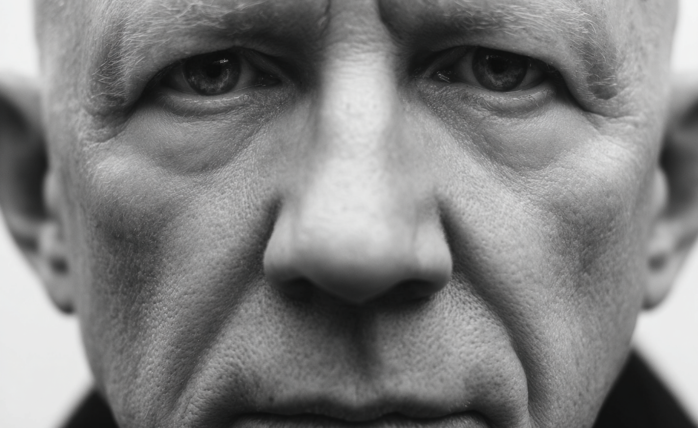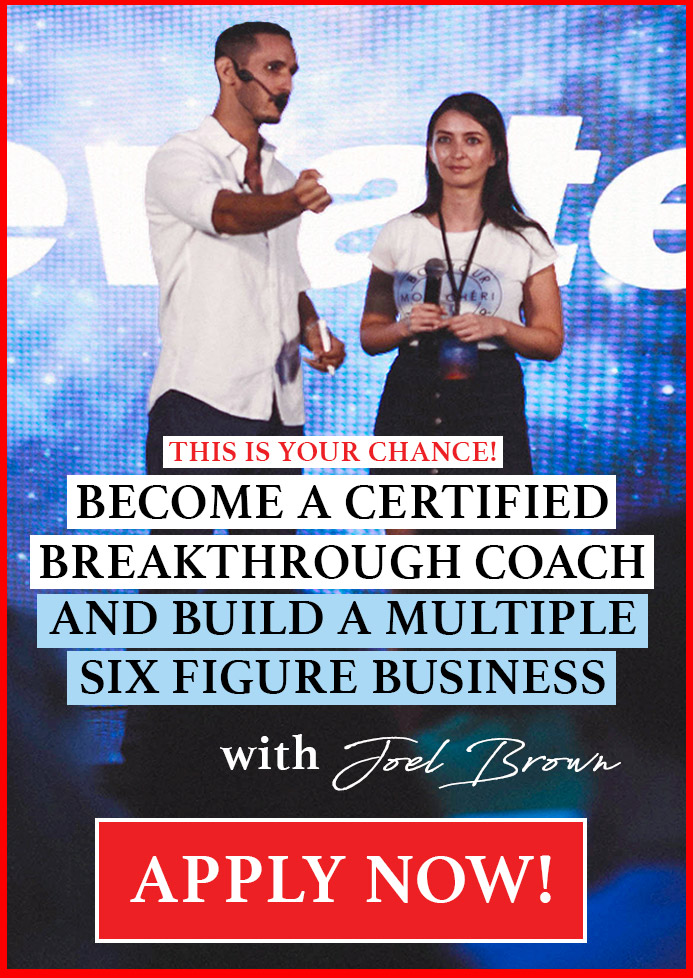Change Your Mindset
How Top CEOs Solve Problems Differently To The Rest
To steer their organizations toward sustainable success, strategists and senior leaders must first become exceptional problem solvers

In today’s volatile, uncertain, complex, and ambiguous (VUCA) world, challenges are not just inevitable, they are essential. For global organizations, challenges push leaders to unlock creativity, develop resilience, and pursue excellence.
The key to overcoming these challenges lies in a clear, adaptable strategy paired with curiosity, persistence, and a proactive mindset.
The Link Between Strategy and Problem Solving
To steer their organizations toward sustainable success, strategists and senior leaders must first become exceptional problem solvers.
That starts with developing two distinct but complementary strategies: a static strategy for internal challenges and a dynamic strategy for external ones.
Every organization moves through the product life cycle: introduction, growth, saturation, and decline. Challenges arise both from within (e.g., culture, communication, operations) and without (e.g., competition, market shifts, technological disruption).
A static strategy helps manage internal threats like inefficiencies or declining morale, while a dynamic strategy responds to external threats like market volatility or industry disruption.
Leaders play a pivotal role especially at the saturation stage, where innovation becomes essential to avoid decline. They must keep the growth curve moving upward by embracing transformation, staying ahead of competitors, and preparing for technological shifts.
When problems come in clusters, as they often do, resist the urge to panic or overanalyze. Instead, adopt a positive, action-oriented mindset. Don’t dwell on what’s wrong; focus on what’s possible.
Persistence, patience, and curiosity are your best tools for progress. As the saying goes, if you want to change your future, start by acting today.
The Rise of the Troubleshooter
Troubleshooters are the unsung heroes of modern business. They thrive under pressure, solve complex problems with clarity, and continuously adapt until they reach their goal. What sets them apart?
-
They focus on solutions, not excuses.
-
They leverage curiosity and creativity to explore options.
-
They work with limited resources yet deliver high-impact outcomes.
-
They see both the big picture and the tiny details.
In short, troubleshooters possess a unique mindset, skillset, and toolset. They are comfortable in ambiguity, resilient in chaos, and determined when the path forward is unclear. And in the age of artificial intelligence and Industry 4.0, demand for these people is skyrocketing.
If you want to fast-track your career and add exponential value to any organization, become a troubleshooter.
A Proven Strategy to Solve Complex Problems
In their bestselling book Bulletproof Problem Solving, authors Charles Conn and Robert McLean reveal that great problem solvers are made, not born. They outline six key traits of effective problem solvers:
-
Insatiable curiosity about every element of a problem
-
Comfort with ambiguity, embracing imperfection
-
A “dragonfly eye” view, the ability to see from multiple perspectives
-
Experimental thinking, constantly testing and adapting
-
Collaboration, knowing the smartest ideas often come from outside the room
-
Storytelling, because clear communication drives action
Here’s a simplified step-by-step strategy based on their insights:
-
Clearly define the problem.
-
Gather relevant data.
-
Analyze and identify root causes.
-
Generate multiple solutions and shortlist the best one.
-
Implement, monitor, and seek feedback.
-
If it doesn’t work, reassess and adapt.
Problem-solving is not linear. It’s a process of iteration, reflection, and continuous improvement. As Einstein said, “Failure is success in progress.”
A Final Takeaway
To foster a culture of effective problem-solving, organizations must first differentiate between productive and destructive mindsets. Eliminate toxic behavior that hinders growth. Shift from an inward, siloed mindset to an outward, collaborative one.
In a VUCA world, agility, strategy, and persistence are non-negotiable. Invest in the right tools, systems, and people who can turn roadblocks into stepping stones.
Because ultimately, progress is built on solving problems. The bigger the problem you solve, the greater your influence, income, and impact. There is no such thing as an unsolvable problem, only the need for a better approach.
Be the person who brings solutions, not just questions. Leaders who master the art of problem-solving are the ones who drive organizational excellence and lasting effectiveness.
Change Your Mindset
How to Turn Your Mind Into Your Greatest Asset (Instead of Your Enemy)
The thoughts you feed your mind today quietly become the life you live tomorrow.

The human mind has two parts: the conscious mind and the subconscious mind. Both work together, but each has a very distinct role in shaping your life, decisions, habits, and results. (more…)
Did You Know
The Success Patterns You Inherited (And Didn’t Notice)
Your family history may hold the key to why you think, act, and feel the way you do today.

Who are you? Your experiences and your family’s narratives and legacies contribute to your identity. Your ancestry contains individual traits and forces that have been inherited over the years. It also carries the fights and victories of your forebears and older family members. (more…)
Shift Your Mindset
11 E’s That Define Every Great Leader And Why Most People Miss Them
If you’ve ever felt the pull to lead, this is your roadmap to turning inner potential into lasting influence.

What Is Leadership, Really?
Leadership is far more than a title or position. It’s the ability to envision a future, inspire others, and align people toward a shared goal. (more…)
Personal Development
This Silent Habit Might Be Sabotaging Your Career
Your temper might be costing you more at work than you realize. Here’s why it matters.

You may be the last to know that you’re walking around with a giant chip on your shoulder. Meanwhile, your coworkers are giving you a wide berth. (more…)
-

 Success Advice4 weeks ago
Success Advice4 weeks agoInside the TikTok Resume Hack That’s Fooling Recruiters (For Now)
-

 Change Your Mindset4 weeks ago
Change Your Mindset4 weeks agoThe One Leadership Habit That Separates the Great From the Forgettable
-

 Personal Development3 weeks ago
Personal Development3 weeks agoThis Silent Habit Might Be Sabotaging Your Career
-

 Business3 weeks ago
Business3 weeks agoWhy Your E-Commerce Fulfilment Is Probably Broken (And How to Fix It)
-

 Shift Your Mindset2 weeks ago
Shift Your Mindset2 weeks ago11 E’s That Define Every Great Leader And Why Most People Miss Them
-

 Did You Know2 weeks ago
Did You Know2 weeks agoThe Success Patterns You Inherited (And Didn’t Notice)
-

 Business2 weeks ago
Business2 weeks agoThe Hidden Money Pit in Your Operations (and How to Use It)
-

 Entrepreneurs6 days ago
Entrepreneurs6 days agoThe Essential Skills Every Entrepreneur Needs In 2026













